Introduction
Iron deficiency can lead to anaemia, often leaving us feeling fatigued and low on energy. In addition to tiredness, it may cause symptoms like dizziness, lightheadedness, poor concentration, irritability, paleness of skin, shortness of breath, heart palpitations, brittle nails, and even damaged hair.
Iron is an essential mineral in our bodies, playing a key role in vital functions. It is a major component of hemoglobin (Hb) in red blood cells (RBCs), which is responsible for transporting oxygen from the lungs to various parts of the body[1].
In muscles, iron is present in the form of myoglobin, which stores oxygen for use when needed by the body[1].
Recommended Dietary Allowance (RDA) for Iron
- Men and post-menopausal women – 8mg/day[2]
- Premenopausal women – 18mg/day[2]
- Pregnant women – 27mg/day[3]
- Lactating women – 9 mg/day[3]
- Infants and children[4]:
- 1. 7 to 12 months is 11 mg/day
- 1 to 3 years is 7 mg/day
- 4 to 8 years is 10 mg/day
- 9 to 13 years is 8 mg/day
- 14 to 18 years is 11mg/day for boys and 15 mg/day for girls
Top Iron-Rich Foods to Add to Your Diet
1. Spinach
- Spinach is a very good source of iron for vegetarians. 100 grams of spinach contains 2.7 mg of iron. It also contains 28 mg of vitamin C. Vitamin C also helps iron to be absorbed better in our body.
- Cooking spinach with tomatoes also helps in the better absorption of the iron present in spinach by our body[5].
- Apart from iron and vitamin C, spinach also contains vitamin A, K and minerals like magnesium and manganese. It is good for our eyes and bones and is also used to regulate blood pressure in patients with hypertension.
- It also reduces the risk of cancer and relieves constipation[6].
2. Shellfish
- Different varieties of shellfish are rich sources of iron. 100 grams of clams contain 13.98 mg of iron, while an oyster contains 5.1 mg of iron.
- Shellfish are low in calories and rich in proteins, good fats, vitamins, and minerals. Shellfish are good for our heart and brain and for weight loss. They are also helpful in building immunity.
- Blue mussels, shrimp, and lobster are also good sources of iron.
3. Tofu
- Tofu is a soybean-based food. 100 grams of tofu contains 5.4 mg of iron.
- Tofu is also a good source of protein, calcium, vitamin B1, manganese, phosphorus, magnesium, zinc, etc.
- Tofu maintains cholesterol levels and bone health[7]. It reduces the risk of anemia and cancer.
4. Poultry, Red Meat, & Fish
If you are a non-vegetarian, making seafood, poultry, and red meat a regular part of your diet will ensure your haemoglobin (Hb) levels will stay above average.
Researchers have found that iron deficiency risks are lesser in people who consume poultry, meat, and fish regularly[8].
- 100 grams of red meat, like ground beef contains 2.7 mg of iron.
- It is also very rich in B complex vitamins, selenium, zinc, and protein, which are all very beneficial for the overall health of the human body.100 grams of chicken contains 1.3 mg of iron.
- Fishes like tuna, sardines and mackerel are a rich source of iron.
I would recommend incorporating eggs in your diet to give your body the iron it needs. These versatile little powerhouses not only provide a wide range of essential nutrients but also contain a good amount of iron. Just one large egg (100g) contains approximately 1.75 mg of iron, which can cover your daily requirement.
Dr. Rajeev Singh, BAMS
5. Whole Grains
- Whole grains are also good sources of iron[12]. Wheat, millet, oats, brown rice, and quinoa all contain iron. 100 gms of oats contain 4.7 mg of iron, while quinoa contains 1.5 mg of iron. Wheat has 3.9 mg of iron per 100 gms, while millet contains 3 mg.
- Whole grains also contain fibre, proteins, vitamins, minerals, and antioxidants.
- Whole grains improve our digestion and may reduce the risk of heart disease, stroke, diabetes, obesity, cancer, etc.
6. Dark Chocolate
Who said that iron-rich food has to be boring? Dark chocolate may satisfy our taste buds and also add to the iron content of our body.
- 100 grams of dark chocolate contain 6.32 mg of iron.
- Dark chocolate also contains good fats, copper, manganese, potassium, phosphorus, magnesium, zinc, selenium, etc. It helps in keeping our cholesterol levels low and reduces the risk of stroke and heart attacks[9].
Eating a bit of dark chocolate after every meal goes a long way in adding to our body’s iron reserves, but it should not be overdone as it has a good amount of calories as well.
7. Legumes
- Legumes like peas, lentils, chickpeas, soybeans, and different types of beans are all good sources of iron.
- Beans contain around 5 mg of iron per 100 grams, while peas contain around 1.5 mg. Chickpea has 6.2 mg of iron per 100 grams, while lentils have 3.3 mg.
- Legumes are also rich in protein, fibre, B complex vitamins, calcium, potassium, zinc, etc.
- The consumption of legumes may protect us from heart disease, diabetes, high blood pressure, and inflammation[10].
8. Seeds
- Sesame seeds, pumpkin seeds, and flaxseeds are rich in iron.
- 100 grams of pumpkin seeds contain 3.3 mg of iron, while sesame seeds contain 14.6 mg, and flaxseeds contain 5.6 mg of iron.
- They are also rich in calories, good fats, vitamin A, folate, calcium, potassium, magnesium, and various phytosterols. They have innumerable health benefits when consumed regularly.
9. Nuts
- Nuts like pistachios, cashews, and almonds are good sources of iron[11]. 100 grams of pistachios contain 3.9 mg of iron, while cashews contain 6.7 mg of iron. Almonds contain around 5.4 mg of iron per 100 grams.
- Nuts are rich in proteins, good fats, and several other vitamins and minerals.
- They may reduce the risk of cancer and heart disease and help in weight loss[13].
10. Dried fruits
- Dried fruits like prunes, raisins, and apricots are good sources of iron. 100 grams of prunes contain 0.93 mg of iron, while raisins contain 2.6 mg of iron. Apricots have 6.3 mg of iron per 100 grams.
- Consuming these dried fruits daily helps to combat iron deficiency[11].
- Prunes also help in digestion and lower cholesterol levels in our body.
- Raisins are also good for digestion and make our bones strong. Apricots are rich in antioxidants and help promote eye, skin, and good health.
Also Read: How To Increase Platelet Count Naturally
Factors Affecting the Absorption of Iron
- Consuming iron-rich foods in combination with foods rich in vitamin C like lemons, oranges, tomatoes, etc, increases the absorption of iron.
- Cooking our food in iron cookware, especially cast iron pans, increases the iron content of the food.
- Having tea or coffee along with meals reduces the absorption of iron by 70 to 80 percent.
- Soaking and sprouting improve the absorption of iron in the body.
- Heme iron obtained from animal sources like meat, poultry, and seafood is better absorbed by the body than non-heme iron from plant sources like grains, nuts, seeds, vegetables, etc.
I would suggest adding white mushrooms to your meals if you’re looking to boost your iron intake in a delicious and nutritious way. A cooked cup of white mushrooms (about 156 grams) contains approximately 2.7 mg of iron.
Dr. Smita Barode, B.A.M.S, M.S.
Also Read: 8 Most Effective Foods To Fight Thyroid!
Side Effects of Excessive Iron Intake
Iron overload disorders are a group of medical conditions that cause excessive iron accumulation in the body. Hereditary diseases like hemochromatosis are a genetic condition that makes a person’s body absorb excessive iron from food and drinks.
The human body is unable to excrete excess iron, which leads to this iron storage in various organs of the body, like the pancreas, liver and heart, which may give rise to organ failure and damage. Damage to the pancreas can cause diabetes, while excessive iron in the body, if left untreated, can turn the colour of the skin bronze.
There are mainly two types of iron overload diseases: primary hemochromatosis (genetic mutation) and secondary hemochromatosis (results of a condition). While the former kind of iron overload disease can happen if the family carries the same, the secondary condition can result from some kind of anaemia like thalassemia, chronic liver disease or some alcohol-related liver disease.
With early diagnosis and treatment, a person can expect a normal life. However, regular check-ups and blood tests may go on for life. The treatment depends upon the severity of the person, but if left untreated, it can increase the complications and add on to other medical situations.
I would recommend incorporating palm hearts into your meals if you’re looking to increase your iron intake. In just one cup(146g) of palm hearts, you can find approximately 4.6 mg of iron.
Dr. Anuja Bodhare, B.A.M.S, M.D (Ayu)
Also Read: The Detailed 7 Days GM Diet Plan for Weight Loss
References
- Mahdi JG. What is the function of hemoglobin in the human body? [Internet]. ResearchGate; 2017 [cited 2025 Apr 7]. Available from: https://www.researchgate.net/publication/313841668_What_is_the_Function_of_Hemoglobin_in_the_Human_Body
- Institute of Medicine (US) Panel on Micronutrients. Dietary reference intakes for vitamin A, vitamin K, arsenic, boron, chromium, copper, iodine, iron, manganese, molybdenum, nickel, silicon, vanadium, and zinc. Washington (DC): National Academies Press (US); 2001. Chapter 9, Iron [Internet]. Available from: https://www.ncbi.nlm.nih.gov/books/NBK222309/
- Kominiarek MA, Rajan P. Nutrition recommendations in pregnancy and lactation. Med Clin North Am. 2016 Nov;100(6):1199-1215. doi: 10.1016/j.mcna.2016.06.004. PMID: 27745590; PMCID: PMC5104202. Available from: https://www.ncbi.nlm.nih.gov/pmc/articles/PMC5104202/
- Iron needs of babies and children. Paediatr Child Health. 2007 Apr;12(4):333-6. doi: 10.1093/pch/12.4.333. PMID: 19030384; PMCID: PMC2528681. Available from: https://www.ncbi.nlm.nih.gov/pmc/articles/PMC2528681/
- Yudhistira B, Affandi D, Nusantari PN. Effect of spinach and tomato on marshmallow for iron deficiency anemia. IOP Conf Ser Earth Environ Sci. 2018;102:012007. Available from: https://www.researchgate.net/publication/322841691
- Miano TF. Nutritional value of Spinacia oleracea (spinach): an overview. Int J Pharm Sci Res. 2009;1(1):22-27. Available from: https://www.researchgate.net/publication/316488658_NUTRITIONAL_VALUE_OF_SPINACIA_OLERACEA_SPINACH-AN_OVERVIEW
- Pal M, Devrani M. Tofu: A popular food with high nutritional and health benefits. Int J Green Pharm. 2019;13(2):81-85. Available from: https://www.researchgate.net/publication/332343856_Tofu_A_Popular_Food_with_High_Nutritional_and_Health_Benefits
- Jackson J, Williams R, McEvoy M, MacDonald-Wicks L, Patterson A. Is higher consumption of animal flesh foods associated with better iron status among adults in developed countries? A systematic review. Nutrients. 2016 Feb 16;8(2):89. doi: 10.3390/nu8020089. PMID: 26891320; PMCID: PMC4772052. Available from: https://www.ncbi.nlm.nih.gov/pmc/articles/PMC4772052/
- Katz DL, Doughty K, Ali A. Cocoa and chocolate in human health and disease. Antioxid Redox Signal. 2011 Nov 15;15(10):2779-811. doi: 10.1089/ars.2010.3697. PMID: 21470061; PMCID: PMC4696435. Available from: https://www.ncbi.nlm.nih.gov/pmc/articles/PMC4696435/
- Bouchenak M, Lamri-Senhadji M. Nutritional quality of legumes, and their role in cardiometabolic risk prevention: a review. J Med Food. 2013 Mar;16(3):185-98. doi: 10.1089/jmf.2011.0238. Available from: https://www.researchgate.net/publication/235519730_Nutritional_Quality_of_Legumes_and_Their_Role_in_Cardiometabolic_Risk_Prevention_A_Review
- Bai SH, Brooks P, Gama R, Nevenimo T, Hannet G, Hannet D, et al. Nutritional quality of almond, canarium, cashew and pistachio and their oil photooxidative stability. J Food Sci Technol. 2019 Feb;56(2):792-798. doi: 10.1007/s13197-018-3539-6. PMID: 30906037; PMCID: PMC6400731. Available from: https://www.ncbi.nlm.nih.gov/pmc/articles/PMC6400731/
- Whole Grains Council. Whole grains: an important source of essential nutrients [Internet]. Boston (MA): Oldways Whole Grains Council; [date unknown] [cited 2025 Apr 7]. Available from: https://wholegrainscouncil.org/whole-grains-101/health-studies-health-benefits/whole-grains-important-source-essential-nutrients
- Nut Consumption and Risk of Cardiovascular Disease. Available from: https://pmc.ncbi.nlm.nih.gov/articles/PMC5762129/
Disclaimer: The information provided here is for educational/awareness purposes only and is not intended to be a substitute for medical treatment by a healthcare professional and should not be relied upon to diagnose or treat any medical condition. The reader should consult a registered medical practitioner to determine the appropriateness of the information and before consuming any medication. PharmEasy does not provide any guarantee or warranty (express or implied) regarding the accuracy, adequacy, completeness, legality, reliability or usefulness of the information; and disclaims any liability arising thereof.
 176
176
 9
9










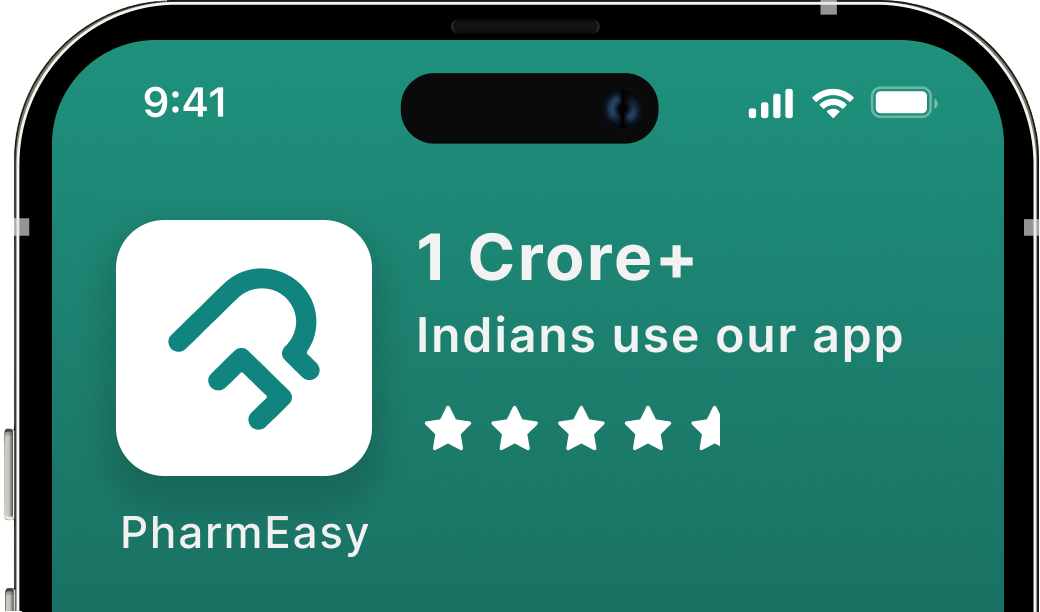












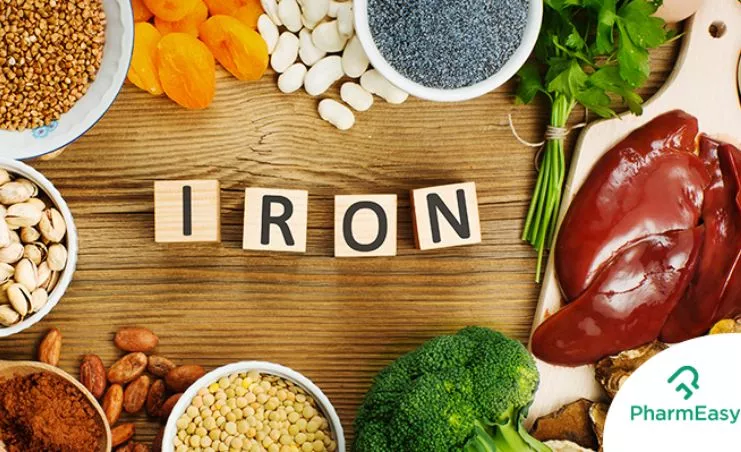
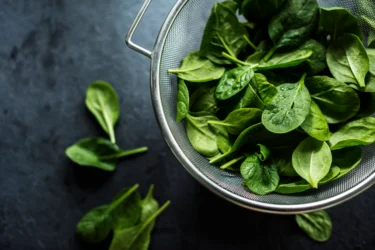
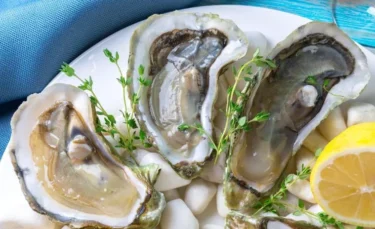
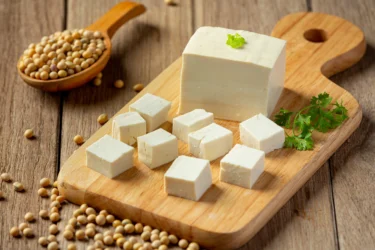
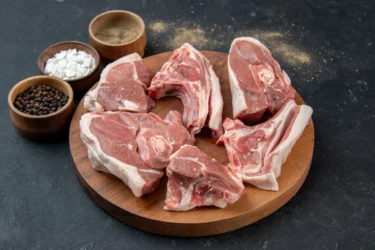
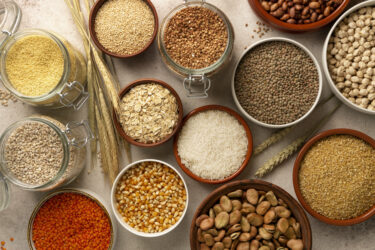
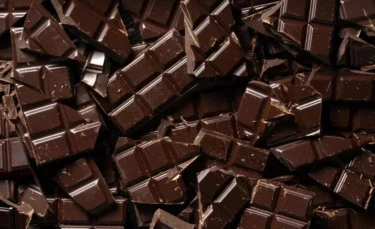
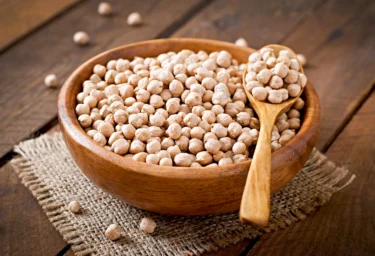

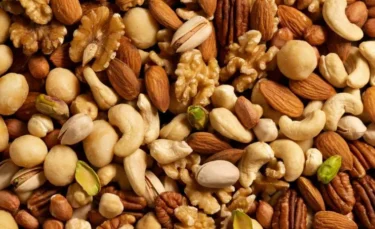
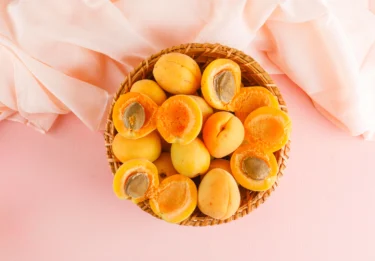

Comments